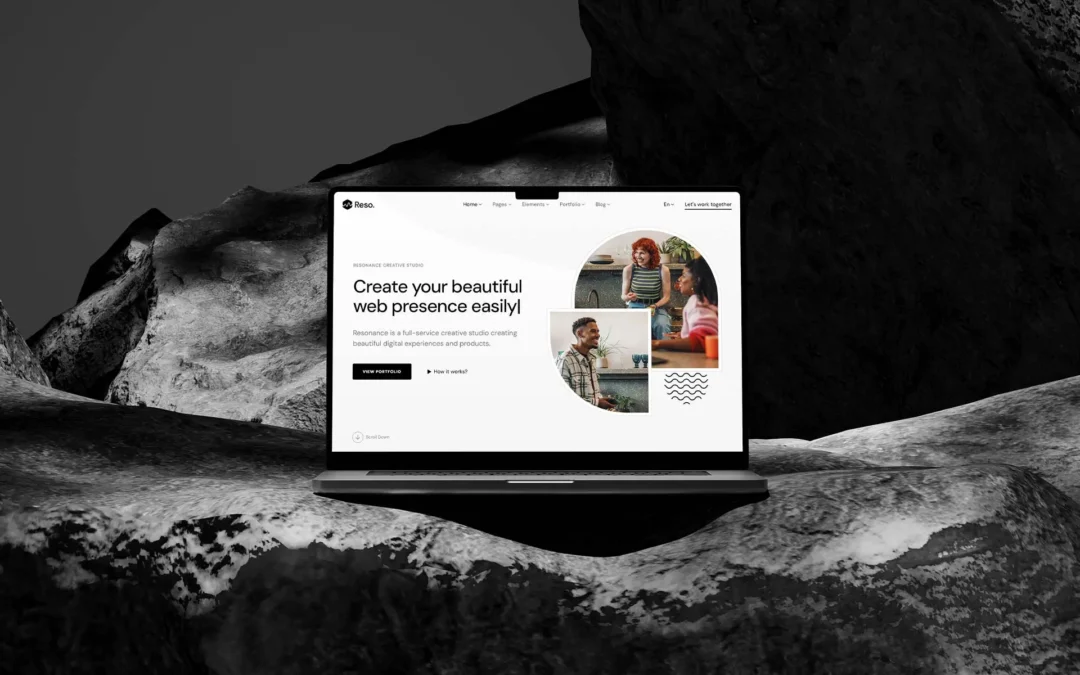Are you stuck designing logos and graphics for $50 or $100 when you know your work is worth so much more? It’s frustrating to feel undervalued, especially when your skills could help businesses grow and thrive. The good news is that transitioning to working with high-value clients isn’t just a dream—it’s achievable with the right strategies and mindset.
High-value clients offer more than just higher pay. They respect the expertise, creativity, and dedication you bring to your work. They see your services as an investment in their business success, not just another expense. But how do you find and attract these better-paying clients?
This guide will walk you through five detailed steps to help you escape the low-paying client cycle and position yourself for premium opportunities that reflect the quality of your designs.
Why Low-Paying Clients Are Holding You Back
Picture this scenario. You create a logo for a client at $50, and they love it. They’re thrilled and start telling everyone they know about your amazing services. While this may initially sound like a great boost for your business, there’s one major caveat—all these referrals are likely expecting the same $50 price.
Here’s the hard truth. People often associate with others in similar circumstances. The person who wanted a $50 logo for their Etsy store probably doesn’t have connections to businesses willing to invest $5,000 in branding.
Continuing to work for low-paying clients perpetuates a cycle that limits your earning potential. To break free, you need a shift in how you market yourself and who you target. That shift starts with understanding the unique characteristics and needs of high-value clients.
The Opportunity Beyond
High-value clients are often business owners or professionals who understand that branding is crucial to success. These clients value quality, consistency, and expertise. By realigning your efforts to target these groups, you open doors to projects that challenge your creativity, build your portfolio, and increase your income.
Step 1: Understand the Mindset of High-Value Clients
The first and most important step in attracting high-value clients is understanding how they think. Unlike budget-conscious clients, high-value clients aren’t simply searching for the lowest price. They’re seeking value—how your designs can solve their problems, elevate their image, or attract more customers.
Think about this. A local coffee shop, boutique store, or law firm doesn’t just want a good-looking logo. They want branding that makes them stand out from competitors and tells a compelling story about their business.
Your job is to position your services as a critical tool for their success. This means shifting the conversation from what you offer to what they’ll gain. For example, instead of saying, “I’ll design your logo,” you could say, “I’ll give your brand a professional image that helps you attract more customers and stand out.”
Actionable Tip
When talking to potential high-value clients, ask questions that align with their goals. For example:
- “What message do you want your brand to communicate?”
- “Who is your ideal customer, and how do you want them to view your business?”
These open-ended questions help show that you’re invested in their success.
For more insight into client mindset, explore this guide to understanding premium clients.
Step 2: Identify Their Pain Points
High-value clients may be willing to pay more, but they’re not immune to challenges or frustrations. Successful businesses often face common branding headaches:
- Outdated logos that no longer reflect their growth.
- Poor-quality branding that doesn’t match the premium nature of their products or services.
- A lack of cohesion across websites, social media, and print materials.
Your role as a designer isn’t just to deliver visually stunning work. It’s to address these pain points head-on. A good strategy is to showcase how your designs can solve their problems. For instance:
- For a client frustrated with inconsistent brand identity, demonstrate your ability to create cohesive branding guidelines.
- For a business embarrassed by cheap-looking materials, show examples of how you’ve transformed other brands.
Real-World Example
You could include a case study in your portfolio that highlights how you completely revitalized a restaurant’s branding, helping them attract more customers and improve online reviews. High-value clients need to see that you’ve solved similar problems before—and that you can do it for them, too.
Step 3: Build Authority Through Content
To attract high-value clients, you need to establish your expertise in their eyes. One powerful way to do this is through compelling, client-focused content. Blogs, social media posts, and even downloadable guides can position you as the go-to professional in your industry.
For example, you could write posts like:
- “5 Signs Your Logo Is Hurting Your Brand Credibility”
- “How Professional Design Can Elevate Your Business to the Next Level”
- “The ROI of Investing in Premium Branding Services”
Don’t make your content solely about you. Focus instead on answering their questions, solving their problems, and helping them understand the value of professional design.
Promote your content across professional platforms like LinkedIn, where high-value clients are more likely to be. Engage with them by providing actionable insights in group discussions or comments. This positions you as knowledgeable and approachable—two traits high-value clients look for in a designer.
Resources to Explore
For inspiration, check out this blog about small business marketing strategies to see how they engage their audience with actionable content.
Step 4: Revamp Your Portfolio
Your portfolio is your sales pitch. To attract high-value clients, it must reflect your professionalism, attention to detail, and problem-solving skills. Here’s how to make it irresistible:
- Curate Your Work. Focus on showcasing projects that demonstrate your ability to handle complex challenges and deliver stunning results.
- Highlight Client Success. Include case studies, metrics (when possible), and client testimonials. Show the tangible impact your designs have made.
- Invest in Presentation. If your portfolio feels outdated or unpolished, it’s time for an update. This is your first impression—make it count.
Pro Tip
Consider creating a separate section for high-value projects, emphasizing the skills and techniques needed for premium design work. This reinforces your ability to handle larger-scale clients.
Check out our guide to building a professional portfolio for more tips.
Step 5: Network with Purpose
The saying “it’s all about who you know” rings especially true here. Many high-value clients come from networking and referrals within professional circles. Start attending events where small business owners, entrepreneurs, and high-level decision-makers gather.
When you meet potential clients, focus on building authentic relationships. Offer value first—share a useful design tip or provide a quick observation about their brand. Don’t pitch your services right away. This natural approach builds trust, which often leads to future opportunities.
Online Networking
Platforms like LinkedIn are invaluable for connecting with high-value clients. Join groups related to small business growth, entrepreneurship, or marketing. Share your expertise by commenting on posts and initiating meaningful discussions.
External Networking Resource
Use this LinkedIn guide for strategic networking to get started.
The Bottom Line
Attracting high-value clients isn’t about luck—it’s about strategy. By understanding their mindset, addressing their specific pain points, and presenting yourself as the professional they need, you can transform your business.
Remember, working with clients who see the value of your work isn’t just more profitable—it’s also more fulfilling. Start implementing these proven steps today, and take control of your design career. Move beyond the $50 trap and start attracting the clients who truly deserve your talent.






0 Comments